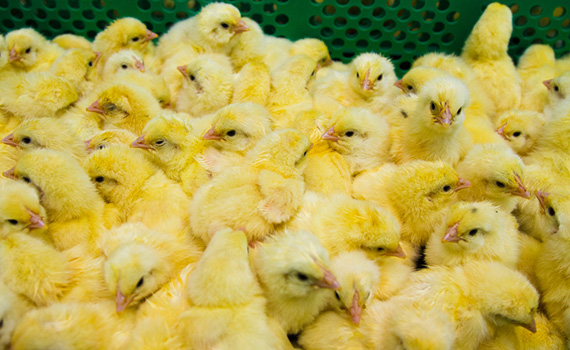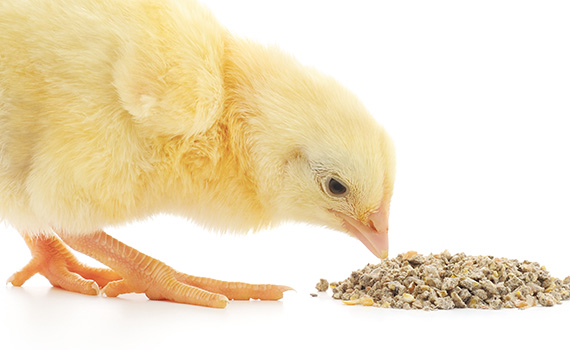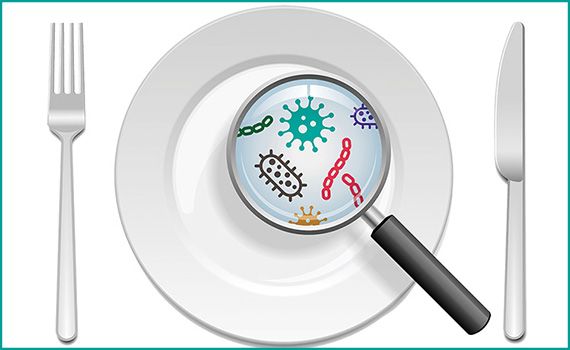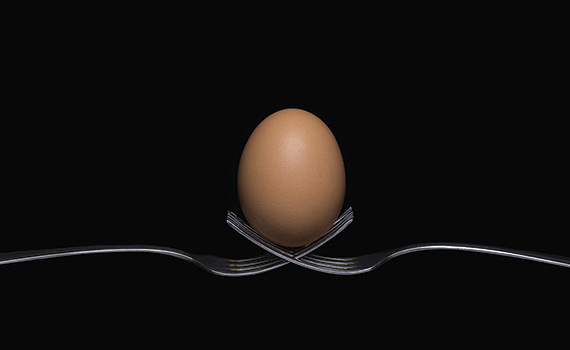Early SE infection likely to stay with broilers until market age

Broilers with lung exposure to Salmonella Enteritidis (SE) on the day of hatch are very likely to be positive for the pathogen at market age, investigators from Auburn University said at the 2016 Western Poultry Disease Conference.1
For a study they conducted with commercial broiler chicks, the investigators challenged the birds on day of hatch with SE administered intratracheally or subcutaneously. The birds were then raised with standard husbandry and biosecurity practices and received a standard diet with an ionophore.
On days 35 to 38, the investigators sampled multiple sites using 102 birds in the intratracheal group and 80 from the subcutaneous group. Significantly fewer (p < 0.05) positive samples were obtained from the subcutaneous compared to the intratracheal group. Overall, 82% of the intratracheal and 39% in the subcutaneous group were positive for SE, even though the birds were challenged with relatively few SE cells (1×104).
If SE is introduced into the lungs via the trachea on day of hatch, there is a high chance the majority will have SE when processed, the investigators concluded.
If birds are scratched on day of hatch and SE is introduced into the wound, there is a significantly less chance SE will be present but the likelihood is still there, they said.
They recommended an aggressive approach to keeping SE out of the poultry house or the use of a feed additive or vaccine with efficacy against this foodborne pathogen.
1Macklin K, et al. A comparison of Salmonella Enteritidis colonization in broiler chickens following an intratracheal and subcutaneous challenge. Proceedings of the 65th Western Poultry Disease Conference, 2016, Vancouver, BC, Canada.
Posted on January 25, 2017
 We’re glad you’re enjoying
We’re glad you’re enjoying










